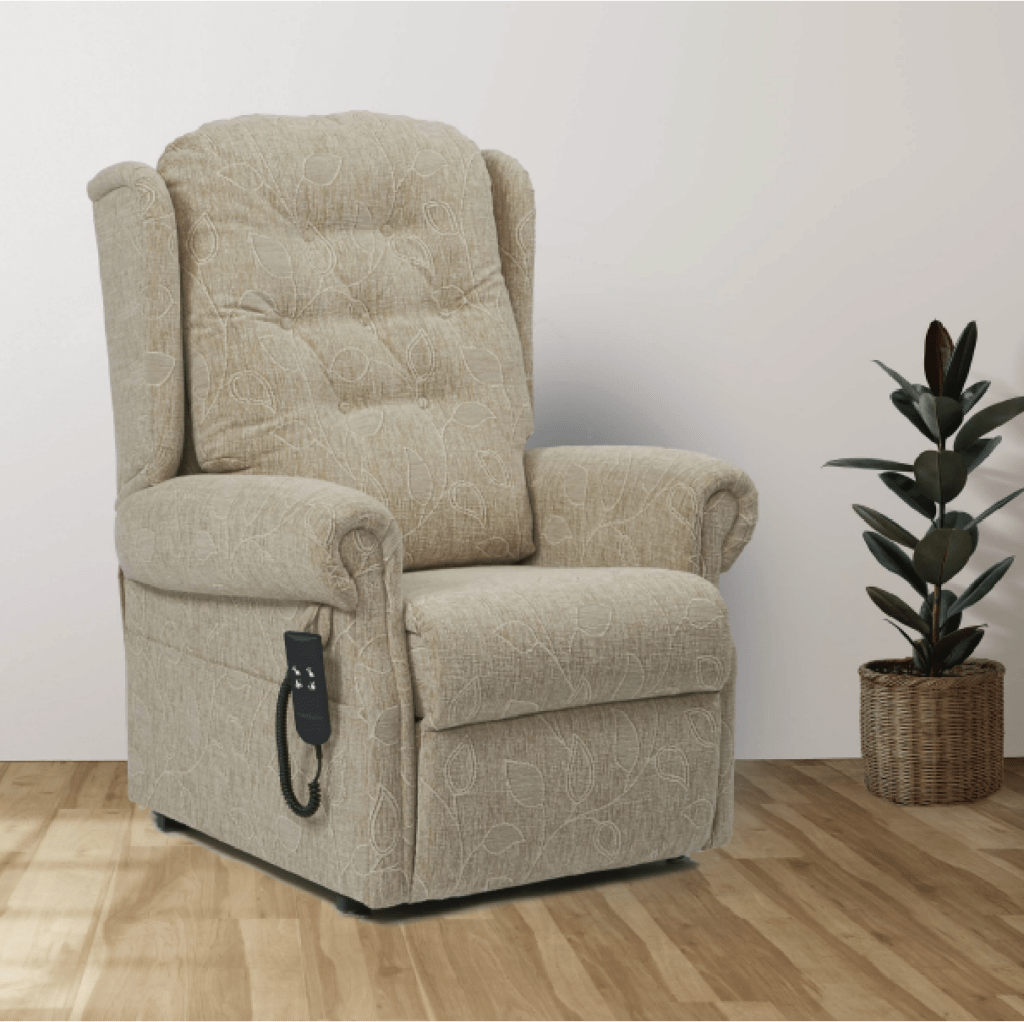Mobility scooters are an investment, and just like a car, they need to be maintained and serviced at regular intervals to ensure that you can get the most out of them. Whilst it’s a bit different to a car service, it’s equally as important. Here’s what’s included in mobility scooter maintenance and servicing.
Jump straight to…
A Guide to Mobility Scooter Maintenance
There are a few things you can do and keep an eye on over time to make sure that your scooter is in tip-top condition. The better you maintain your scooter, the better it will perform over time. You may find some instructions on maintenance in the manufacturer’s manual. We recommend that you service your mobility scooter once every one or two years.
1. Keeping the Scooter Clean
Keeping your mobility scooter clean can actually help to safeguard from any future problems. As you can imagine, using your scooter outside makes it more vulnerable to dirt and grit build-ups particularly on the undercarriage of the device.
Similarly, it’s important to avoid unnecessary moisture and wetness. Things like riding through puddles can encourage rust to form, which can affect how well your scooter works. Using a scooter cover can help to protect it from rain when you’re out and about, and it covers you and keeps you dry.
Try and wipe off any dirt and dust as soon as possible to ensure that this doesn’t affect the workings of the scooter. Avoid driving through puddles or particularly wet areas to prevent the possibility of rust.
2. Getting the Most out of Mobility Scooter Batteries
Batteries are a key part of scooter maintenance. Again, check your scooter’s manual to see what they say about caring for the batteries.
Keep your battery topped up by charging it when you’re not using your scooter, and then taking it off charge when it’s done. You should only charge the batteries with the proper charger, which is usually supplied with the scooter. Try to keep the battery from getting wet or being left in a damp environment.
For more details on mobility scooter battery maintenance, take a look at this article.
3. Check your Scooter Tyres for Wear and Tear
Just like a car, you need to keep an eye on your tyres for any signs of wear and tear. If your tyres are too worn down, then they may no longer be safe to use and will need replacing.
There tend to be 4 main types of tyre for mobility scooters; some are filled with air and some are solid. Ones that are air-filled will need checking for punctures, but they will all need checking for tread depth and such.
If you’re not sure what tyres are on your scooter, then we suggest getting in touch with the manufacturer or stockist you bought it from.
A Guide to Mobility Scooter Servicing
Whereas all maintenance can be carried out by the owner, scooter servicing should be handled by a professional. Our qualified engineers carry out scooter servicing all the time, and highly recommend booking yours in for a thorough check. Our engineers carry out scooter services in the customer’s own home to save them any hassle. Annual services tend to be the norm, but again, consult your user manual to see how often they recommend servicing.
A lot of the working of a scooter is ‘under the bonnet’ you could say; only a trained professional should venture under the shell of the scooter to look at the mechanics of it. It requires a lot of expertise and the right tools to do a quality service.
Servicing engineers will also check the brakes on your scooter. As you can imagine, the brakes are a very important component — but they’re even more important on class 3 scooters that have higher speeds and are road-worthy.
Here are a few things our engineers check:
- Control module
- Castors and steering
- Scooter frame
- Batteries
- Scooter motors
- Final drive
- Scooter charger
- Lights
- Finish off with a test run
Summary
This is a brief overview of what goes into mobility scooter maintenance and servicing. Whilst we encourage all our customers to carry out regular maintenance on their scooters, we urge everyone to ensure that their scooters are serviced once every one or two years to keep their scooter in good shape.
If you need to book in for a service and are looking for a trained professional, then get in touch with our team. For information on help with funding, take a look at the Motability Scheme.














